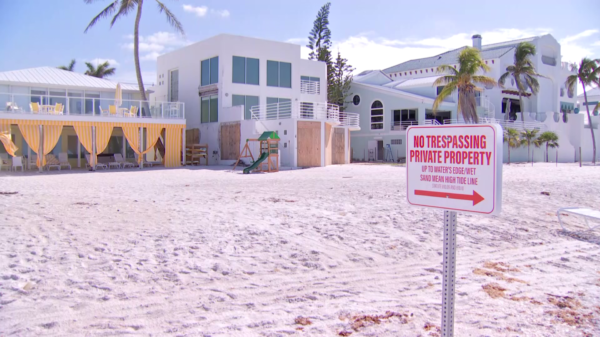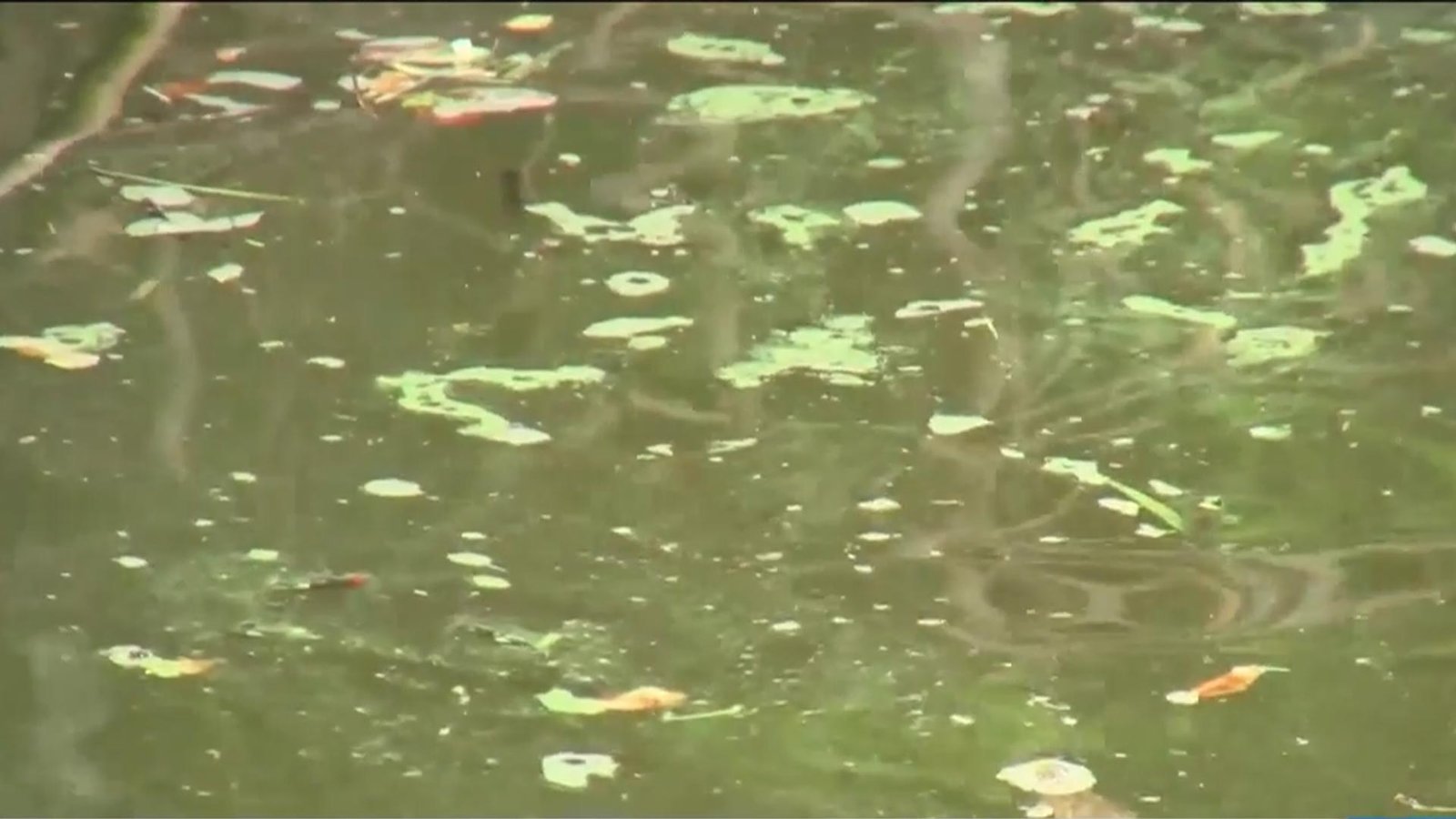Blue-Green Algae Polluting the Caloosahatchee River: A Grave Environmental Concern
In recent years, the Caloosahatchee River has been grappling with a serious problem – the pollution caused by blue-green algae. This noxious algal bloom, also known as cyanobacteria, has plagued the Caloosahatchee River, resulting in devastating consequences for the surrounding ecosystem and local communities. As the toxic algae suffocate aquatic life, contaminate water supplies, and pose a threat to human health, urgent action is needed to address this environmental crisis. This article will delve into the causes and impacts of blue-green algae in the Caloosahatchee River, shedding light on the urgency of finding sustainable solutions to mitigate the pollution.
The Origin and Causes of Blue-Green Algae Blooms
Blue-green algae are microscopic organisms that occur naturally in freshwater and marine environments. However, under certain conditions, these algae can experience rapid and explosive growth, leading to harmful algal blooms. The primary factors contributing to the proliferation of blue-green algae in the Caloosahatchee River include nutrient pollution and water temperature.
The excessive runoff of nutrients from agricultural fertilizers, urban areas, and sewage systems has created a nutrient-rich environment in the river, ideal for the growth of blue-green algae. Additionally, warm water temperatures, particularly during the summer months, accelerate algal growth, exacerbating the problem.
The Devastating Impacts on Aquatic Life
As blue-green algae blooms intensify in the Caloosahatchee River, the repercussions for the local ecosystem become increasingly dire. The dense layer of algae blocks sunlight from reaching submerged aquatic plants, hindering photosynthesis and ultimately causing their demise. Consequently, the decline of submerged vegetation disrupts the natural food chain, impacting fish populations and other aquatic organisms that rely on these plants for shelter, breeding grounds, and food.
Furthermore, blue-green algae blooms can lead to oxygen depletion in the water. When these dense algae mats decay, they consume valuable dissolved oxygen, creating dead zones where fish and other aquatic creatures struggle to survive. The lack of oxygen ultimately results in mass fish kills, further disrupting the balance of the river ecosystem.
Water Contamination and Public Health Concerns
Aside from its detrimental effects on aquatic life, blue-green algae also poses significant risks to human health. Certain species of cyanobacteria produce toxins known as microcystins, which can contaminate the water supply. Exposure to these toxins through recreational activities such as swimming, boating, or fishing can lead to various health issues, including skin irritation, liver damage, and respiratory problems.
Additionally, the release of these toxins into the air via aerosolization during windy conditions poses a threat to nearby communities and individuals living close to the river. Inhalation of these airborne toxins can cause respiratory ailments, exacerbate asthma symptoms, and overall compromise the well-being of those residing in the vicinity of the polluted water bodies.
The Economic Toll
Moreover, the proliferation of blue-green algae has severe economic consequences for the Caloosahatchee River region. The river is a vital economic asset, supporting fishing, boating, and recreational activities that drive tourism and local businesses. However, as the river becomes increasingly polluted and unsightly due to the algal blooms, tourists and visitors are deterred, leading to a decline in revenue and job losses. The long-lasting ecological damage caused by the algae blooms not only affects the environment but has a profound impact on the economic well-being of the surrounding communities.
Sustainable Solutions and Mitigation Efforts
The gravity of the blue-green algae problem in the Caloosahatchee River calls for immediate action and the implementation of sustainable solutions. Effective measures to reduce nutrient pollution include stricter regulations on agricultural runoff, enhanced wastewater treatment facilities, and the promotion of eco-friendly farming practices. These actions are essential to prevent excessive nutrient loading and restore the delicate balance of the river ecosystem.
Furthermore, monitoring programs and early detection systems can help identify and address algal blooms promptly. By providing real-time data on nutrient concentrations and the presence of algae, authorities can take timely action to mitigate the impact and protect public health.
Conclusion
The pollution caused by blue-green algae in the Caloosahatchee River has emerged as a major environmental concern with wide-ranging ramifications. Urgent efforts are needed to address the causes of the algal blooms and protect the fragile ecosystem. Strategies focusing on preventing nutrient runoff and promoting sustainable agricultural and wastewater management practices are crucial to restore the river’s health. By taking immediate action, both local communities and the environment can recover from the detrimental effects of this pervasive blue-green algae pollution.




































